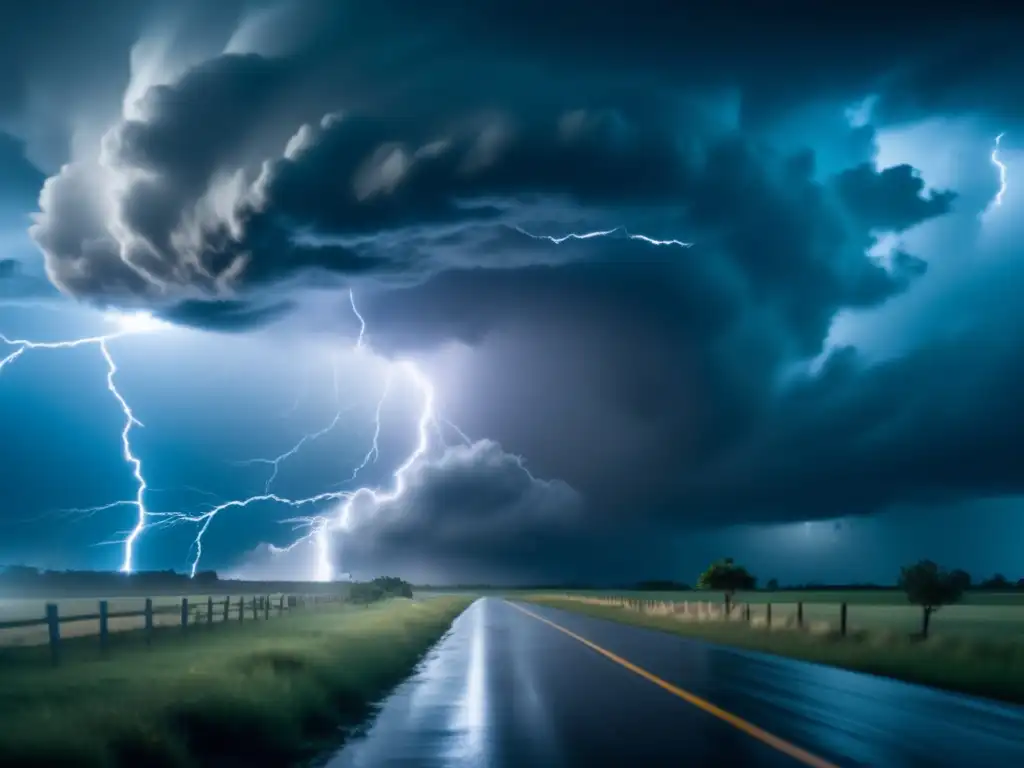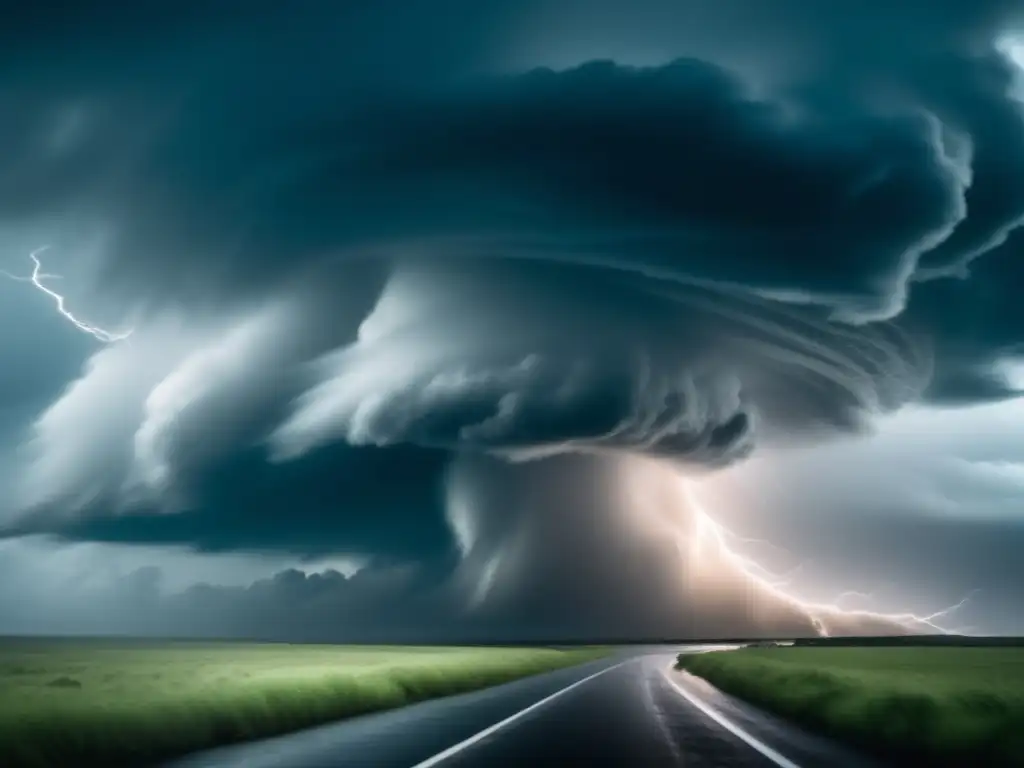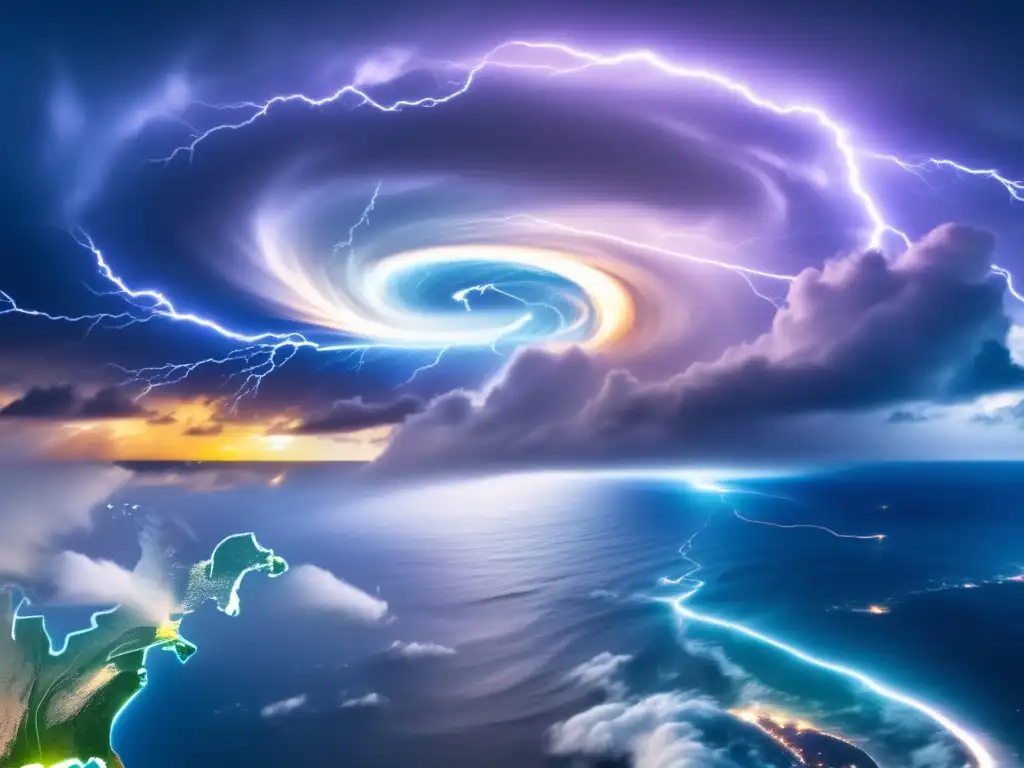Hurricanes And Tornadoes: What Sets Them Apart?

Hurricanes and Tornadoes: What Sets Them Apart?
Introduction
When it comes to severe weather, hurricanes and tornadoes are often mentioned in the same breath. While both phenomena can cause significant damage and destruction, they differ in several critical ways. Understanding these differences is crucial, especially for those living in hurricane-prone regions or areas that experience tornadoes. In this article, we provide a detailed comparison of hurricanes and tornadoes, including their formation, characteristics, and impact.
Formation and Characteristics

Formation of Hurricanes
Hurricanes are massive, swirling storms that form over warm ocean waters, usually in tropical regions. They originate from low-pressure areas, where warm, moist air rises and forms clouds. As more air rushes in to fill the void left behind, a cycle of rising, cooling, and sinking air occurs, producing a circular wind pattern. The faster the winds rotate, the more powerful the storm becomes, leading to the formation of an eye at the center of the hurricane. The eye is a calm, clear area surrounded by clouds, and it can range in size from just a few miles to over 60 miles wide. The circumference of the hurricane can exceed 400 miles, with wind speeds of up to 200 miles per hour near the center.
Characteristics of Hurricanes
Hurricanes are categorized based on their wind speed on the Saffir-Simpson Hurricane Wind Scale, which ranges from Category 1 (74-95 mph) to Category 5 (over 155 mph). Besides the high wind speeds, hurricanes also produce heavy rainfall, flooding, storm surges, and strong waves capable of eroding beaches and coastal structures. These storms can last for several days, moving across entire regions, and causing widespread damage to homes, businesses, and infrastructure. The vast majority of hurricane-related deaths are caused by flooding and storm surges.
Formation of Tornadoes
Unlike hurricanes, tornadoes form on land and are much smaller in size. They are produced by powerful thunderstorms, typically in regions where cold, dry air meets warm, moist air. When these two air masses collide, they create instability in the atmosphere, leading to the formation of a rotating column of air. Tornadoes can range in size from just a few feet to over a mile wide. They typically move in a northeast direction with wind speeds ranging from 65 mph to over 200 mph.
Characteristics of Tornadoes
Tornadoes are measured on the Enhanced Fujita Scale, which ranges from EF0 (winds up to 85 mph) to EF5 (winds over 200 mph). Although tornadoes are smaller than hurricanes, they can still cause significant damage, often cutting a path of destruction through entire communities. They produce high-speed winds capable of lifting and throwing cars, trees, and other large objects. Tornadoes are often accompanied by hail, lightning, and heavy rain, but they generally last for only a few minutes.
Impact

Impact of Hurricanes
Hurricanes are one of the most destructive types of natural disasters, causing billions of dollars in damage each year. The high winds, heavy rainfall, and storm surge associated with hurricanes can destroy homes, buildings, and entire communities. In addition to physical damage, hurricanes can also have long-lasting effects on the environment, including erosion, water pollution, and loss of habitat for wildlife. To mitigate the impact of hurricanes, it is essential for individuals and communities to prepare adequately, follow evacuation orders, and have a plan in place for post-hurricane recovery.
Impact of Tornadoes
Although tornadoes are smaller than hurricanes, they can still cause significant damage. Tornadoes can destroy buildings, uproot trees, and hurl debris great distances, causing injury or death to those in its path. The destruction caused by tornadoes is often limited to a small area, but the impact can be severe, especially for communities with weak infrastructure or inadequate emergency response. To reduce the impact of tornadoes, it is crucial to have a warning system in place, seek shelter in a safe location, and stay informed about the latest weather conditions.
Frequently Asked Questions

-
What is the difference between a hurricane and a tornado?
Hurricanes are massive, swirling storms that form over warm ocean waters, while tornadoes are smaller, rotating columns of air that form over land.
-
Which is more destructive, a hurricane or a tornado?
Hurricanes are generally more destructive due to their size, duration, and the variety of hazards they pose, including high winds, heavy rainfall, and storm surge. However, tornadoes can still cause significant damage and loss of life, especially in areas where infrastructure is weak.
-
How long do hurricanes and tornadoes last?
Hurricanes can last for several days, moving across entire regions and causing widespread damage. In contrast, tornadoes typically last for just a few minutes as they move across the ground.
-
Can hurricanes and tornadoes occur at the same time?
Hurricanes and tornadoes can both occur during the same storm as they are both produced by thunderstorms. However, they are distinct phenomena, and their formation and characteristics differ significantly.
-
What is the best way to prepare for a hurricane or tornado?
To prepare for a hurricane or tornado, it is essential to have an emergency plan in place, stock up on food, water, and other essential supplies, and follow evacuation orders if necessary.
Conclusion
Understanding the differences between hurricanes and tornadoes is essential for those living in hurricane-prone regions or areas that experience tornadoes. While both types of storms can cause significant damage and loss of life, they differ in several critical ways, including their formation, size, and impact. By being aware of these differences and taking appropriate measures to mitigate the risks, individuals and communities can better prepare for severe weather events.
If you found this article useful, please share it with your friends and family. Also, feel free to leave your thoughts in the comments section below. Stay safe and informed!
Additional Resources

 What Makes A Hurricane 'Major'?
What Makes A Hurricane 'Major'? The Most Hurricane-Prone Regions In The World
The Most Hurricane-Prone Regions In The World Why Hurricanes Weaken Over Land
Why Hurricanes Weaken Over LandIf you want to discover more articles similar to Hurricanes And Tornadoes: What Sets Them Apart?, you can visit the Basic knowledge about hurricanes: category.
Leave a Reply

Articulos relacionados: